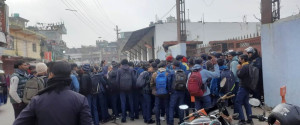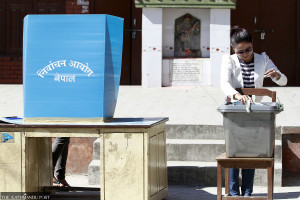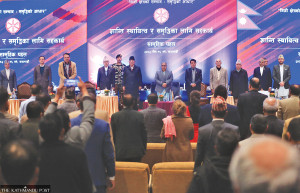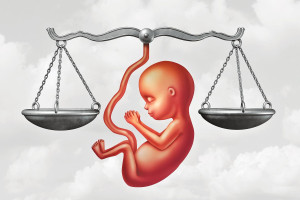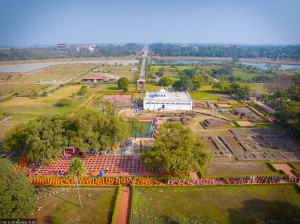National
Police continue to arrest individuals linked to Tinkune violence
Police have intensified probe into the riots that left two dead, scores injured and private and public properties vandalised.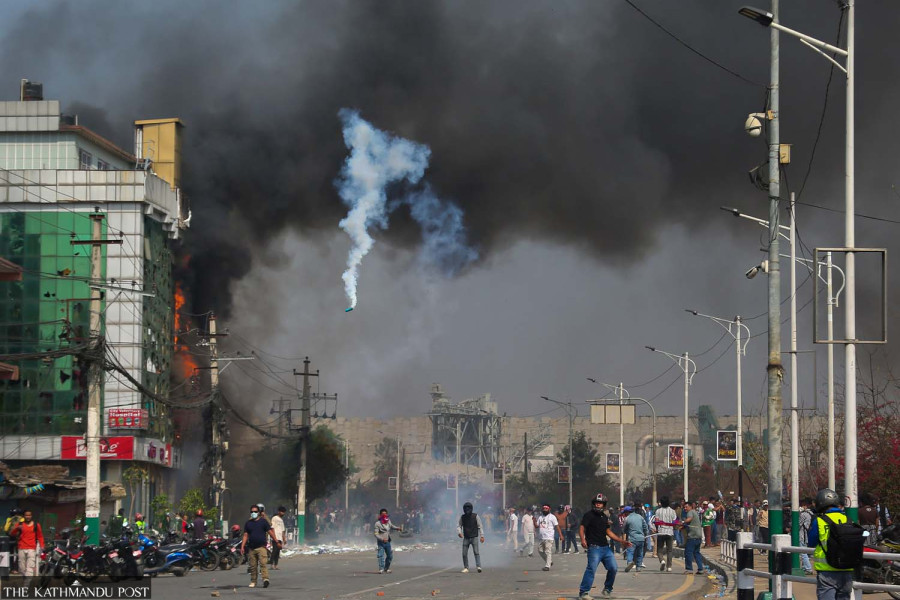
Purushottam Poudel
Kathmandu has been witnessing protests from several organisations and groups of late. At present, thousands of school teachers from across the country have descended on the Maitighar-Baneshwar road for the past three weeks demanding immediate passage of the School Education Bill.
The victims of fraudulent cooperatives and microfinance institutions seeking return of their deposits have been staging protests at Shantibatika, Ratnapark for a few weeks.
Meanwhile, the Rastriya Prajantra Party has staged several protests in recent days demanding reinstatement of monarchy and Hindu state.
While these protests have been peaceful, the one organised by a pro-monarchy group at Tinkune on March 28 turned violent, leaving two dead and scores injured. The protesters vandalised media houses, private and government buildings as well as vehicles, party offices and a supermarket. They also set ablaze the government-run Herbs Processing and Production Company in Jadibuti.
The protest, led by Panchayat-era leader Nabaraj Subedi with controversial businessman Durga Prasai designated the ‘field commander’, posed some questions on the role of the security agencies as well, especially regarding their use of force. As a result, the Nepal Police has been investigating the matter in a more serious approach.
The Subedi-led Joint People’s Movement Committee staged the protest demanding the reinstatement of a Hindu monarchy and abolition of federalism, among other things.
Police officials investigating the case claim the pro-monarchy protesters on March 28 had planned to take control of Parliament building located at New Baneshwar.
They had also aimed at “taking over” the Tribhuvan International Airport in Sinamangal to underscore the scale and ambition of their protest.
As the protest turned violent, the police arrested two senior RPP leaders among—Senior vice-chair Rabindra Mishra and General Secretary Dhawal Shamsher Rana alleging them of inciting violence. After being held for 24 days, Rana was freed on Sunday evening “for treatment”. Rana is reportedly a cancer patient.
Prasai fled the scene immediately after the incident. He was later apprehended on April 11 and has since been held in custody for 12 days. Police have stated that, due to the need for further investigation, he will be presented before the District Court again to seek an extension of his remand period upon the completion of 12 days in remand.
Given the nature of the protest, the Kathmandu District Police Range is investigating the March 28 case in a serious approach. Police have detained around 200 individuals since the incident. However, following initial screening procedures, many have been released.
According to Superintendent of Police Apil Raj Bohara, spokesperson for the Kathmandu District Police, formal investigations have proceeded only against those directly involved in criminal activity. So far, the court has granted permission to extend the remand period for 83 individuals.
“Many of the individuals involved in the protest are under our surveillance,” a police officer said. “As it would be difficult to detain everyone at once, the process of releasing some while apprehending others is ongoing.”
Regardless of the protest’s stated objectives, police said that, due to the violent turn it took, they are now conducting criminal record screenings (CRS) of those in custody in connection to the protest and carrying out further investigations into their backgrounds.
“We investigate whether each individual taken into our custody has any criminal background, and the same applies to those involved in this particular incident,” said Bishwa Adhikari, the chief of the Kathmandu District Police Range.
Adhikari also said that investigations are underway to determine whether some of the individuals who took part in the protest were lured with financial incentives. However, as the investigation is still ongoing, he says that full details have yet to emerge.
Due to the large number of suspects arrested in connection with the royalist protest, the Kathmandu District Police Range has brought in additional investigation officers from four separate units to support the inquiry. A dedicated team of investigators has been assigned specifically for the Tinkune incident, and they will not be involved in probing any other cases, according to the Kathmandu District Police Range.
To strengthen the investigation, teams have been mobilised from the Crime Investigation Department of the Police Headquarters, the Valley Crime Investigation Office in Ranipokhari, the Valley Crime Investigation Office in Teku, and the District Police Range in Lalitpur.
According to a police officer involved in the investigation, many of those who took part in the protest that day appeared to have joined not out of a genuine desire for political change, but rather out of peer influence.
While the police have released scores of suspects after preliminary investigations, they have also been arresting more suspects even three weeks after the incident.
On Monday, police arrested Om Prakash Luitel, a 48-year-old from Jhapa district from Kathmandu, in connection with the March 28 incident.
According to the police, Luitel was involved in acts of vandalism and arson on the day. The police further stated that they have obtained a four-day remand from the court to carry out an investigation against him.
On April 18, police arrested Santosh Kumar Silwal, alias Santosh Rajawadi. Police allege that Silwal was actively involved in the violent protest, and claim he was one of those attempting to breach the restricted zone during the rioting.
On April 20, the Kathmandu District Court obtained a four-day extension of his custody for further investigation.
Police said that further arrests of individuals connected to the incident are still expected.




 6.84°C Kathmandu
6.84°C Kathmandu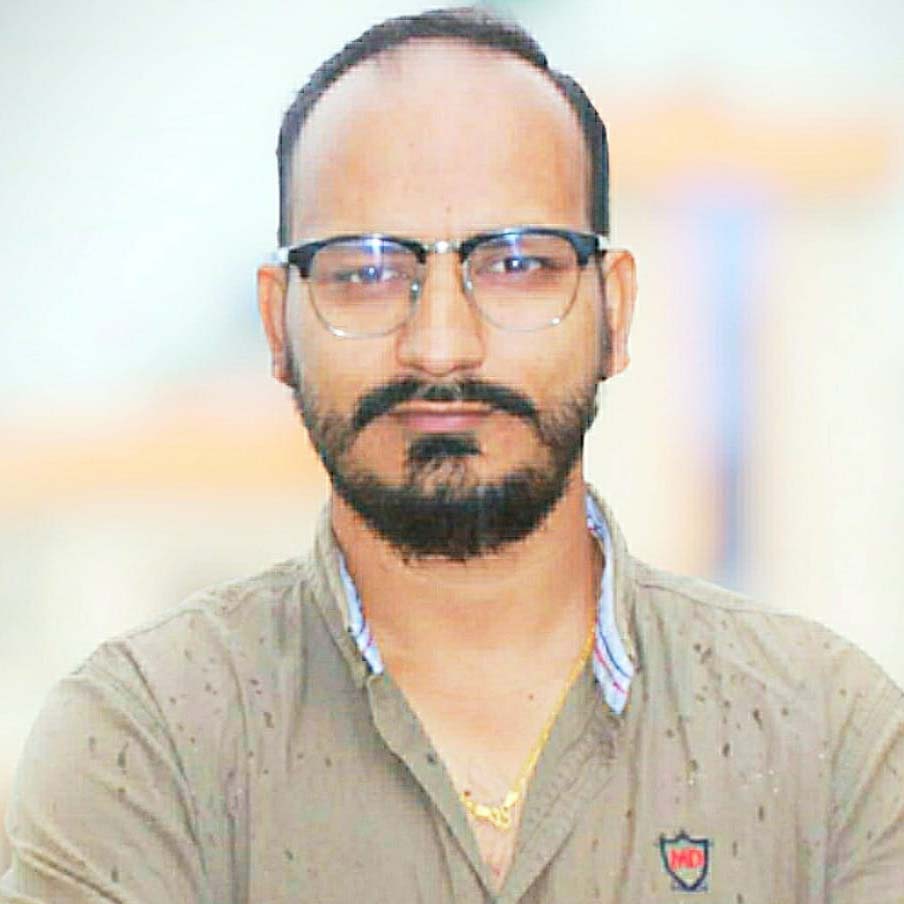


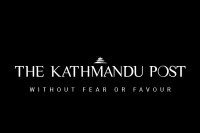

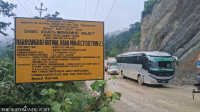


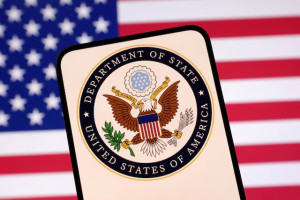

%20(1).jpg&w=300&height=200)
